
How to Pitch Photography Projects To Brands & Agencies
Learn the art of pitching photography projects to brands and agencies, including a real-life successful pitch example and pro tips for nailing your own.
Every photographer dreams of working with big brands. And to do that, you need to know how to pitch projects to agencies and companies.
We often want to work on big projects in photography, but we wait for the offers to appear in our email or Instagram DMs.
But in the beginning, without taking action, this won’t happen.
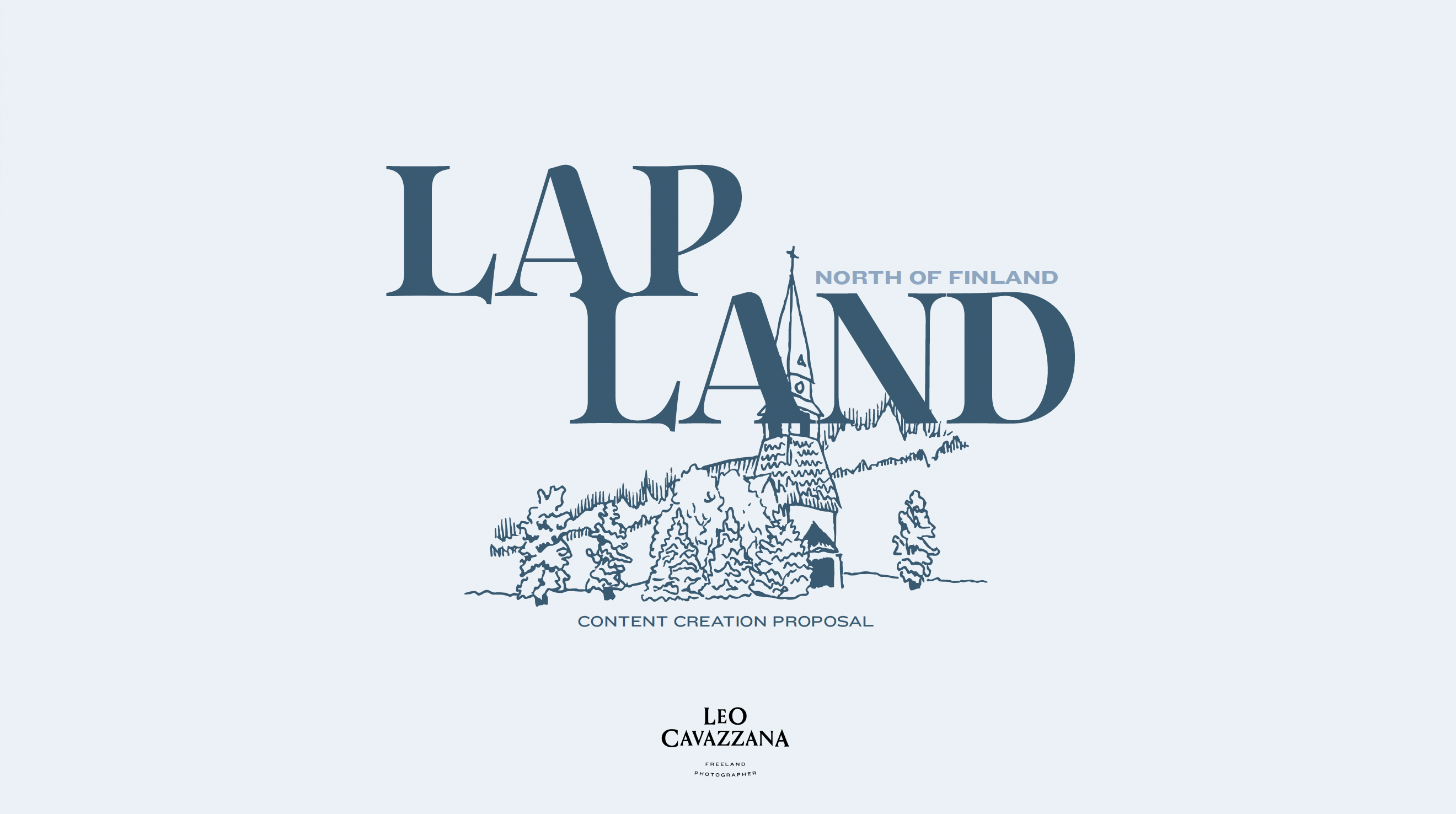
Why would anyone pay you to photograph your dream project?
What I’ve discovered over the course of my career photographing for brands is this:
If I can present companies and agencies with what I want to create, explaining the commercial value of my idea and how they can benefit from being a part of it, the chances of them saying yes are higher.
Read on to understand how I organize my pitch decks and how you can stand out with the proper arguments.
Why Should You Introduce Yourself To Brands?
Essentially, if you want to progress and get to work with the brand you want, you have to expose yourself to these people!
It’s very easy to assume, in this age of social media, that work will always come your way. That’s what everyone does and that’s what I did, for a long time, until the desire to travel and photograph grew inside me.
You see digital influencers receiving gifts and paid work opportunities, and it seems that all this is easy to achieve.
For a few, yes, it can be easy, but for the vast majority of us, it takes a lot of work.
So instead of sitting at home, posting content while waiting for someone to send us an email asking us to work with them… I suggest we take matters into our own hands!
Starting Local
In my case, when I was getting started, I was doing photoshoots at a very affordable price. At the same time, I started offering stores in my hometown photo packages of the clothes they had to sell.
With that, I realized the potential I had in my hands and started thinking about travel projects in which I could have the same stores pay me to create content with the clothes they had, only in other cities and countries. And it worked.
With this idea, I managed to finance my first international paid trip to photograph products that the stores were already paying me to photograph in my city.
I just needed to pitch to a handful of brands to make ends meet.
After that, I started thinking about bigger projects and presenting these same ideas to bigger brands. And with that, today, I’ve worked with national and international brands in various parts of the world.
If you’ve never done this or still have doubts about your own work, it can be a little scary. Fear of rejection. Fear of saying the wrong thing. Fear of not being good enough.
I had all these horrible ideas in my head that I would get an email from my dream client saying, “You’re not good enough to work with us,” (which never happened and never will).
The truth is, there are several reasons why collaborating with a brand won’t work, but you shouldn’t get upset and give up because of the nos you get.
How Much Do You REALLY Know About Photography?! 🤔
Test your photography knowledge with this quick quiz!
See how much you really know about photography...

The goal is to look for the yeses that will open bigger doors for you.
How to Pitch Your Project
So, let’s map out exactly how I used to create my projects back when I was just getting started.
This is the argument I’ve used to finance a road trip through the Norwegian fjords producing content for a digital bank. All expenses were paid + daily rates.
Today I use more elaborate presentations, but I like using this as an example because of how simple it is, but still landed me the gig.
Talk More About The Project and Less About Yourself
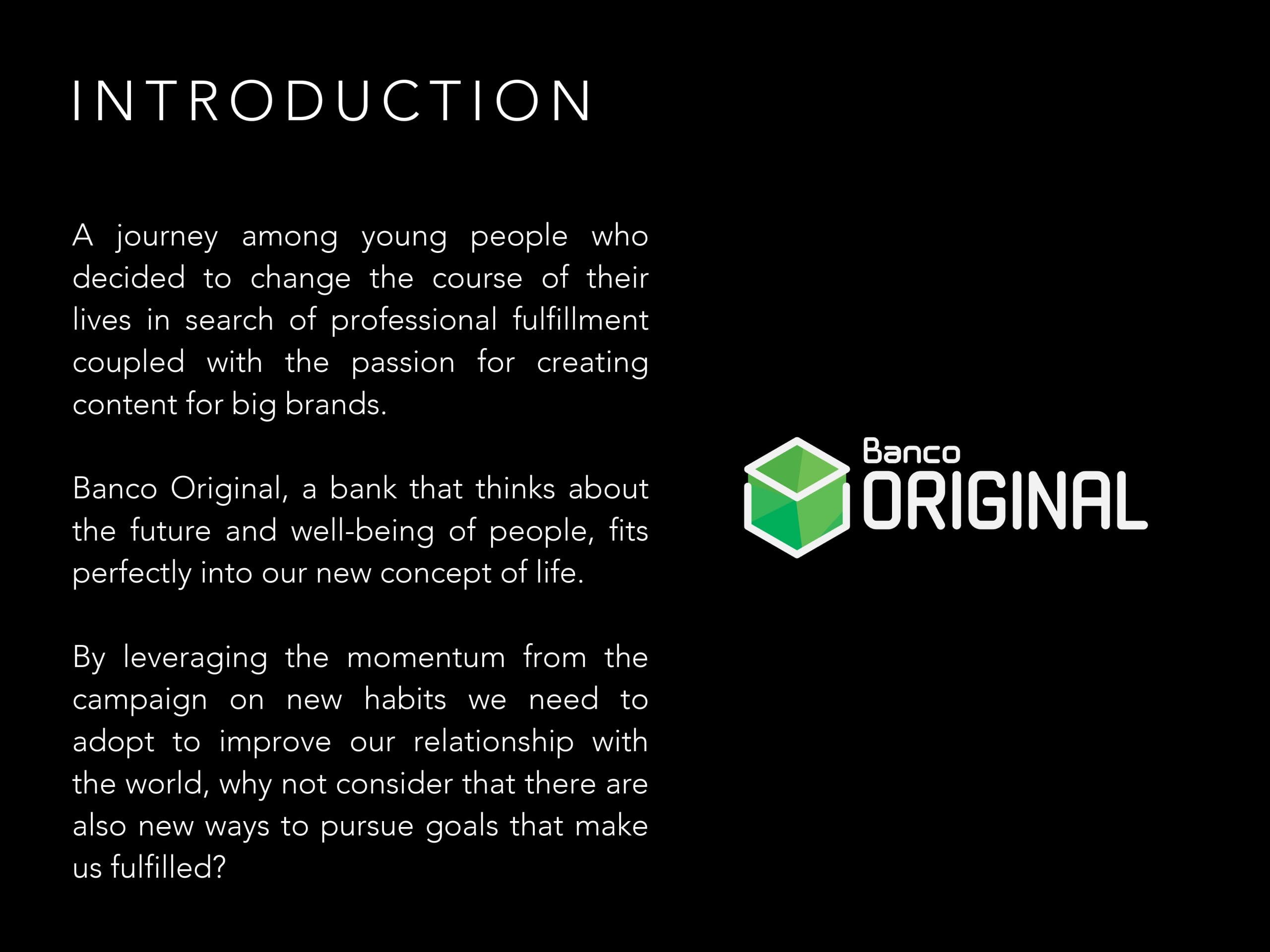
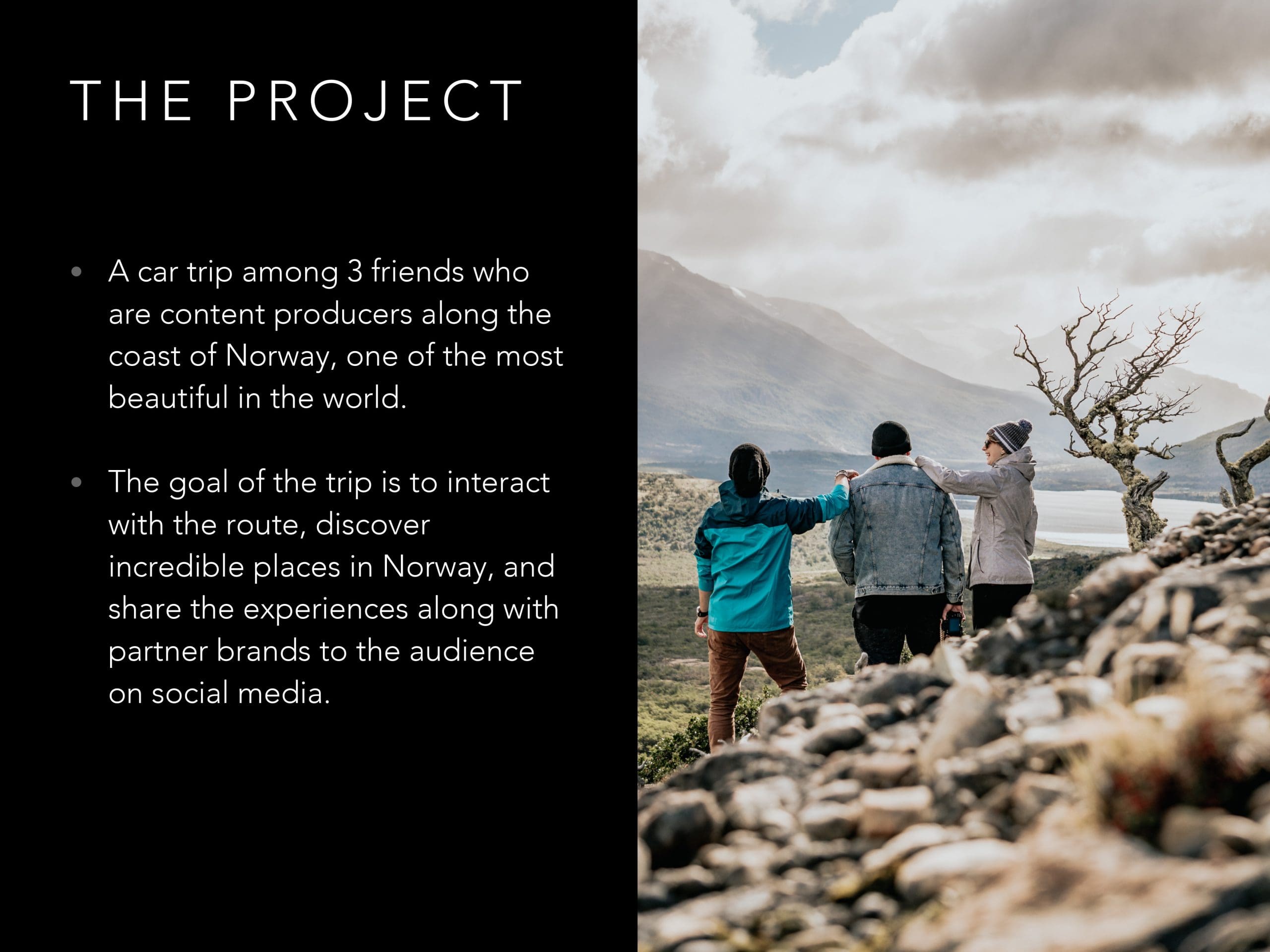
The first step in the presentation is to talk about the project and the idea you have in mind. What does the brand have to gain from working with you?
I remember the first time I contacted The North Face, when I presented a project I’d been thinking about for years. And they said yes right off the bat.
This led to me shooting campaigns for The North Face for years, which finally gave me freedom to ask them why they said yes so easily. The answer was: my proposal talked more about what they had to gain and didn’t just talk about how good I was, which is what 99% of what people do (according to them).
So, keep in mind that your presentation has to talk more about what the brand has to gain.
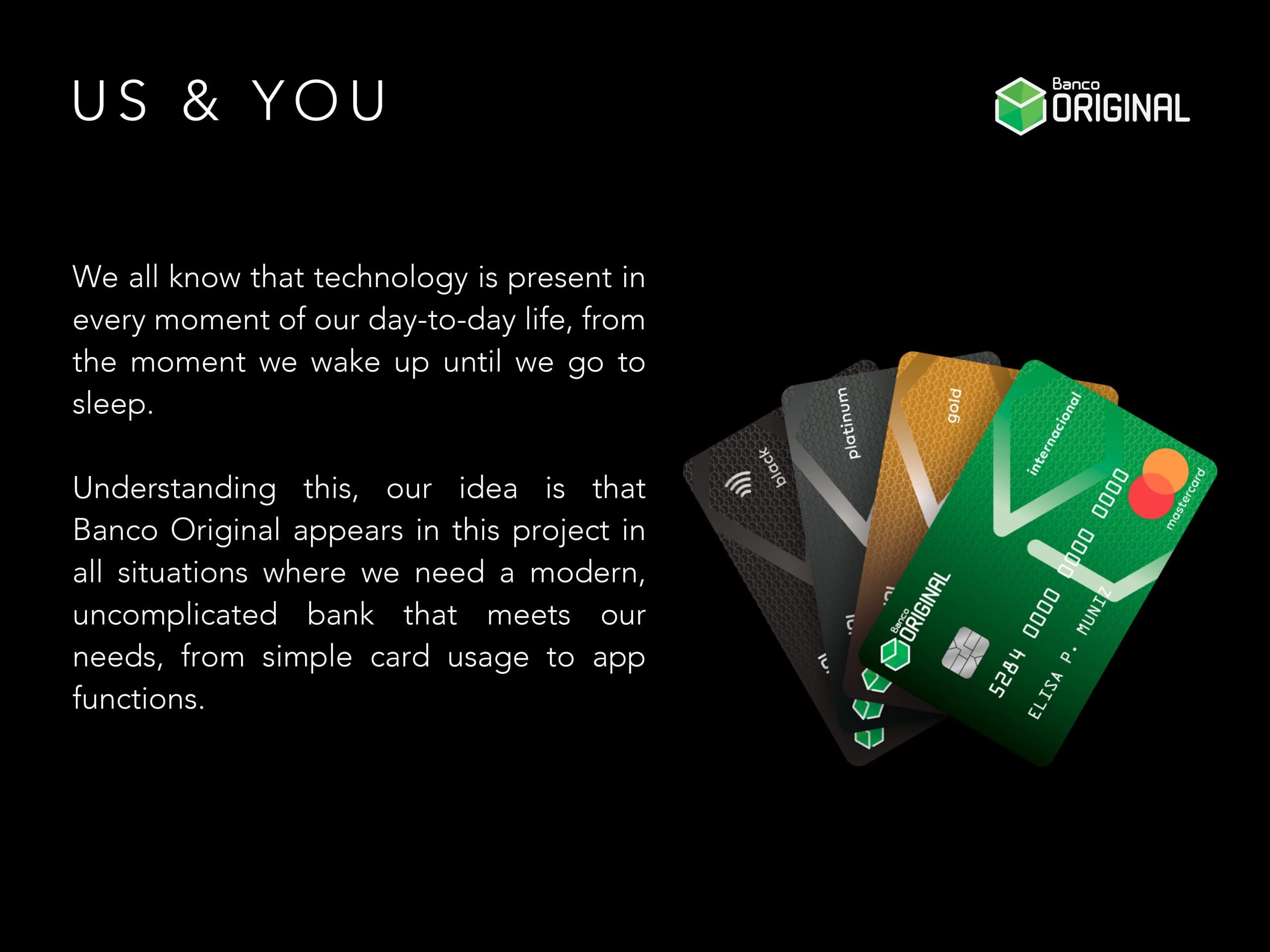
Present the idea of the project, what you’re going to do and create, where the project will take place, and the reasons why the brand will benefit from joining the project with you, always aligning your ideas with the brand’s persona.
Talk About What You Want To Do
After describing the project and the benefits the brand will get from working with you, now is the time to present your ideas.
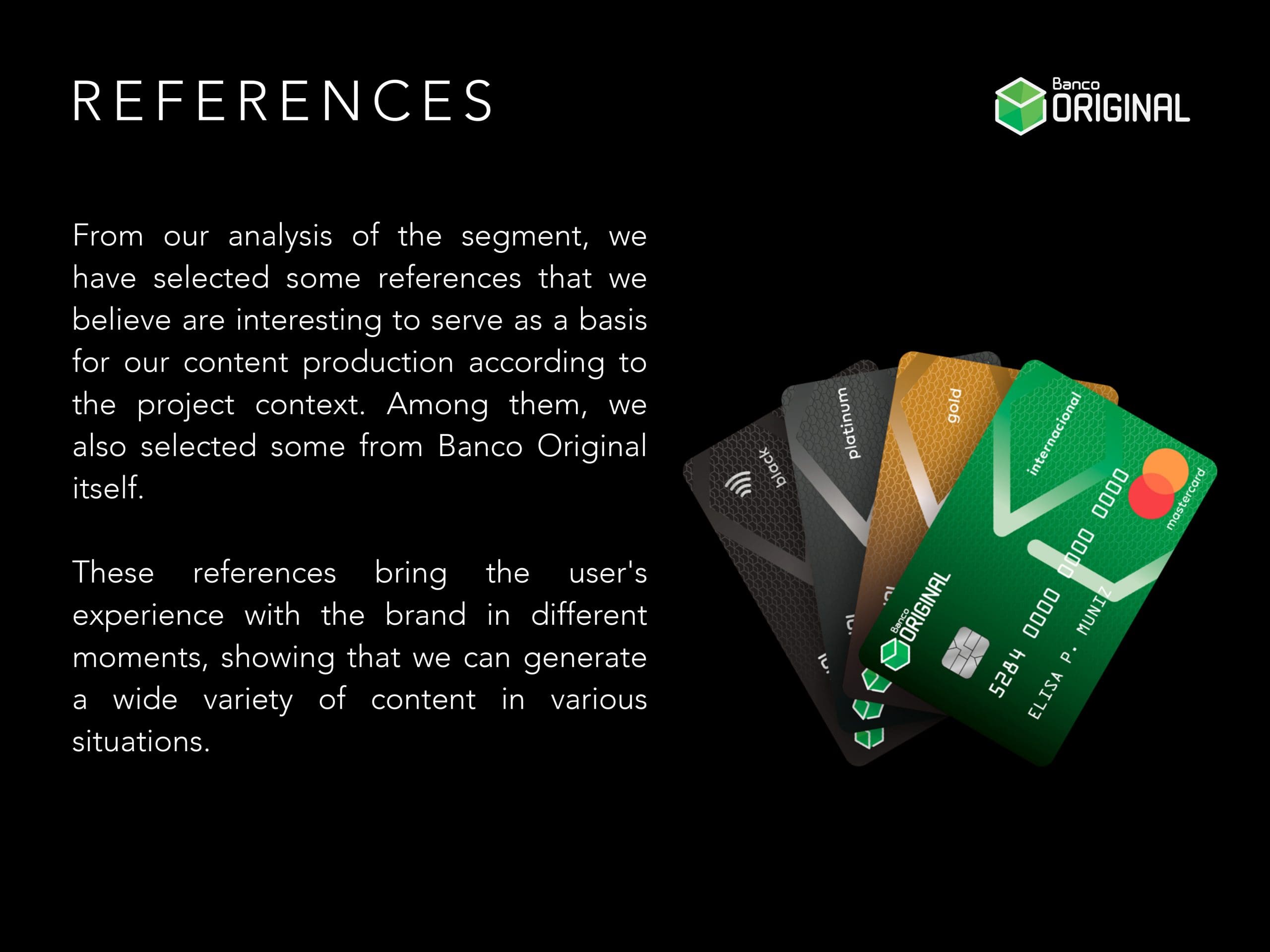
Now is the time to work on the visuals, adding reference photos and videos.
Search the internet for photos and videos that are close to the ideas you want to put into practice.
The idea at this point is to show the decision-makers that you already have a direction in mind for the project you want to carry out for the brand.
To do this, study the brand and the content they post on social media, their website and even in offline communication forms.
This way, you’ll be more assertive when looking for references for what you want to produce and deliver. If you can show brands you want to enhance what they’ve been working on, it’s easier for them to say yes.
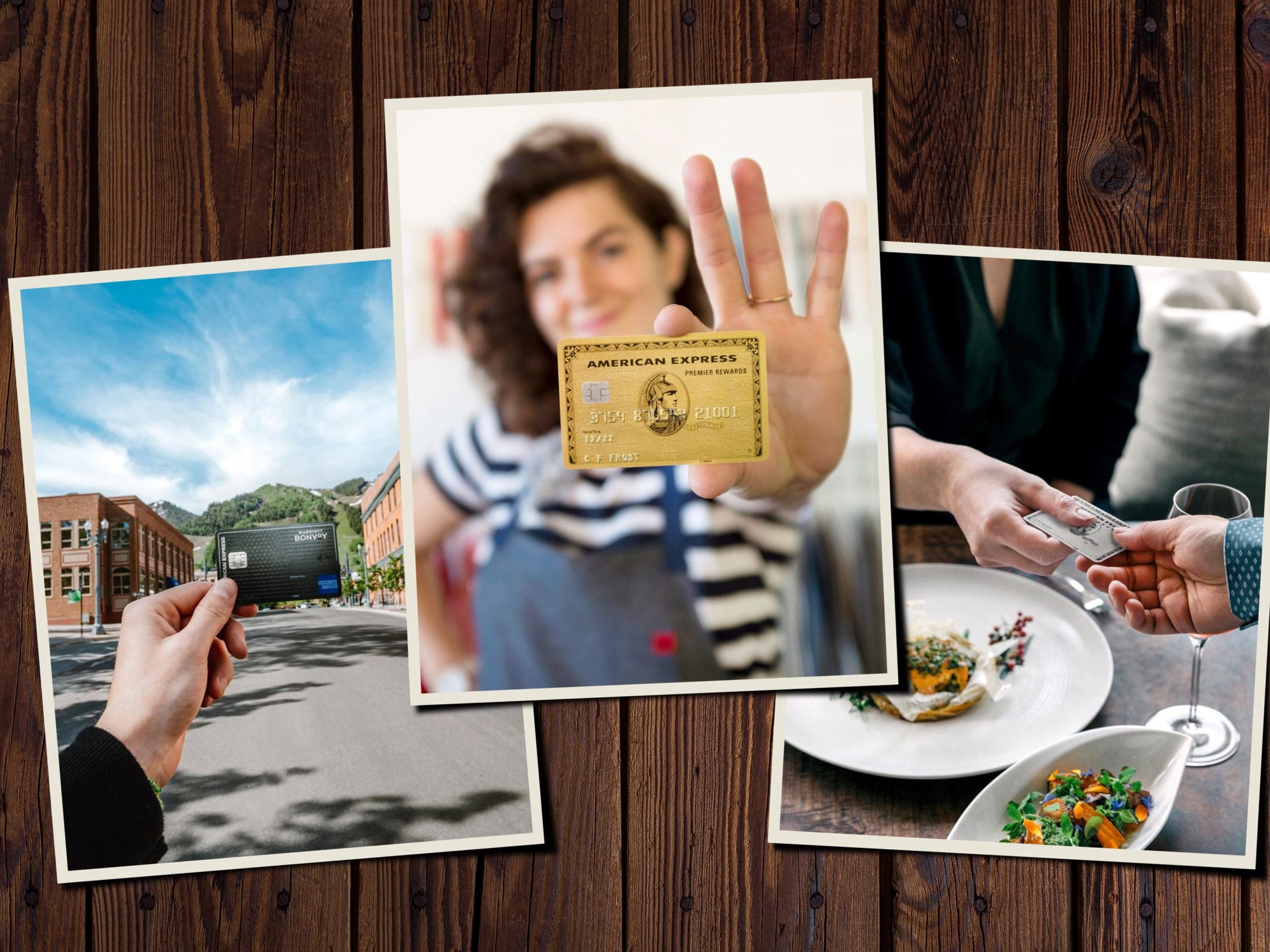
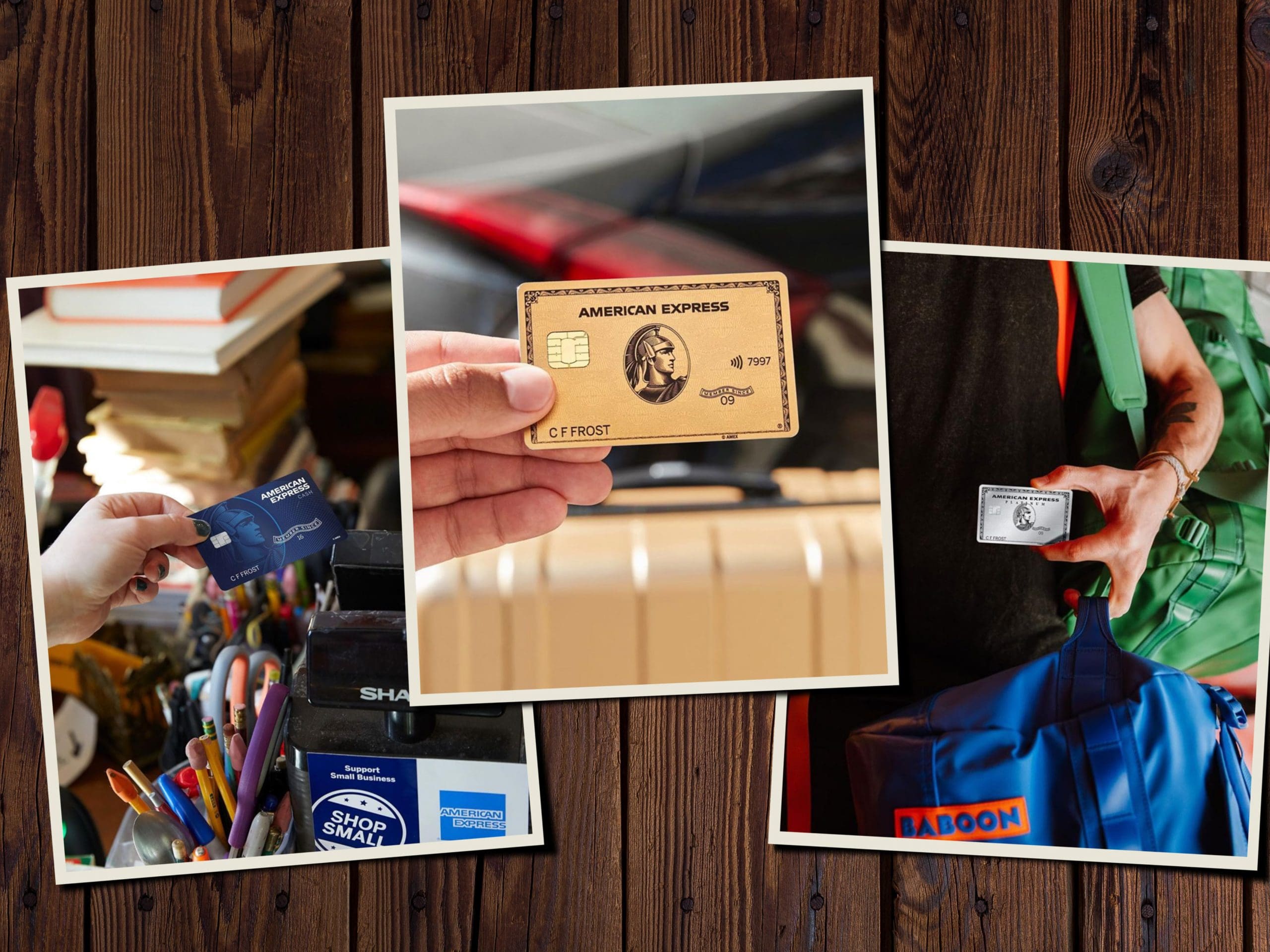
Show You Can Do It
There’s no point in presenting an idea to a brand if you can’t make it happen.
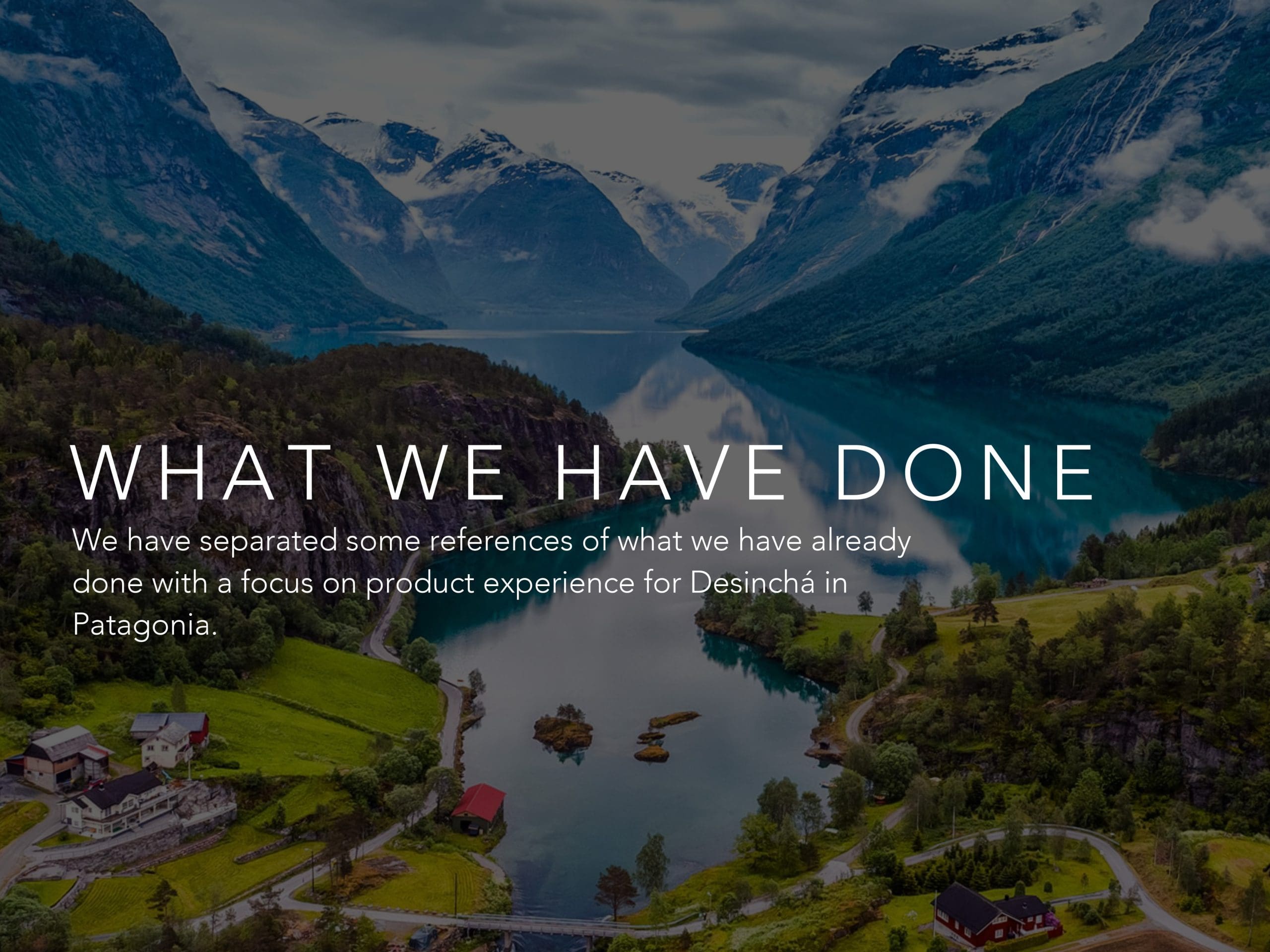
Keep in mind that in order to land a project, you really need to be able to deliver it in the best possible way.
Show what you’ve already created before so that whoever is hiring you is confident you can deliver what you are pitching.
If you want to present a project to a clothing brand, show that you’ve done work related to this, and that you’re able to photograph fashion.
It’s important to know your skills and align them with the deliverables of the project so that expectations are met.
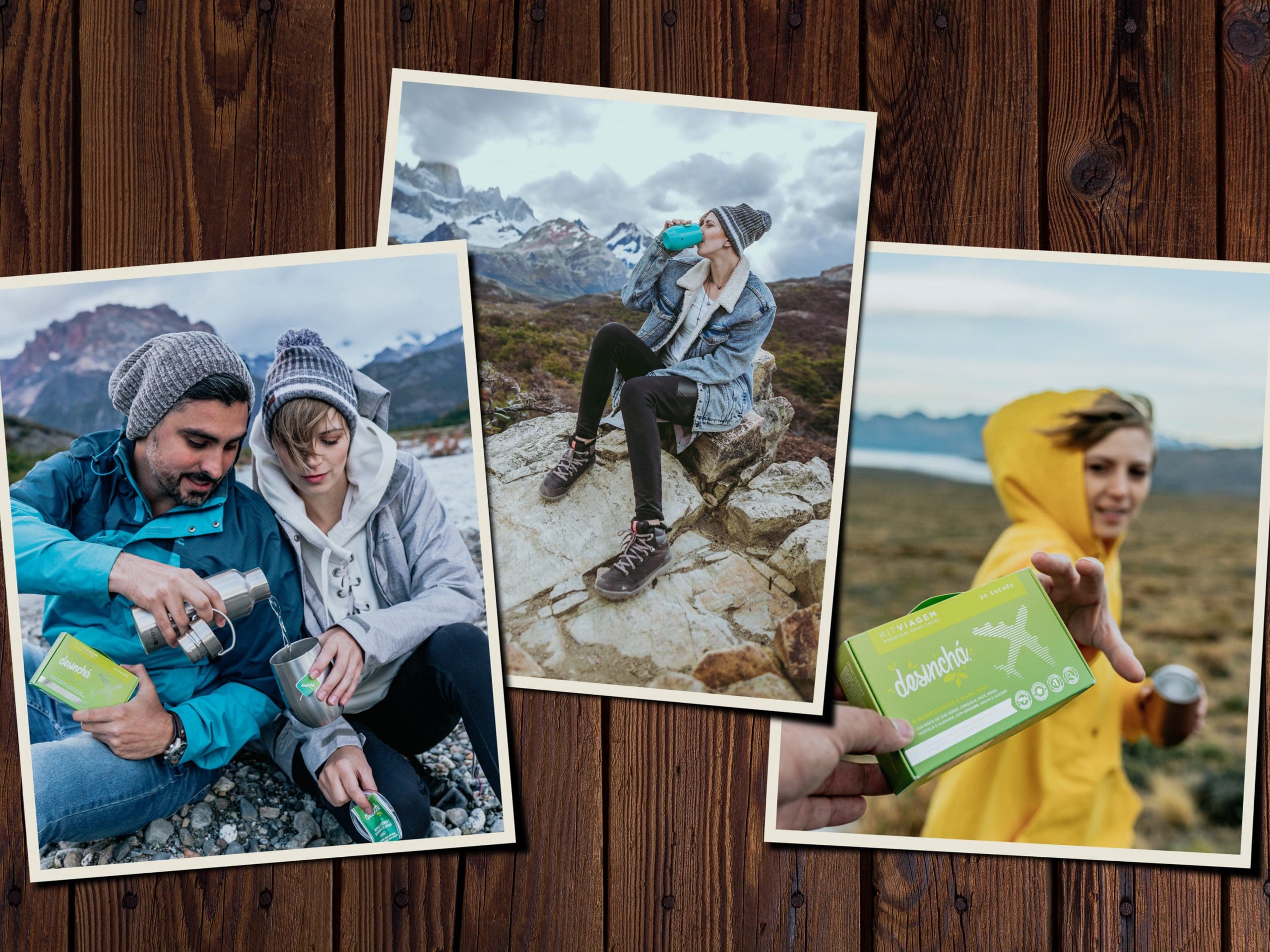
Certainly, there’s nothing worse for the brand and for you than offering a service and not being able to deliver what was promised due to a lack of knowledge or skill.
Present a Schedule
When talking about a project, companies want to understand your planning and schedule, because they need to know when they will have the content available to use in their communications.
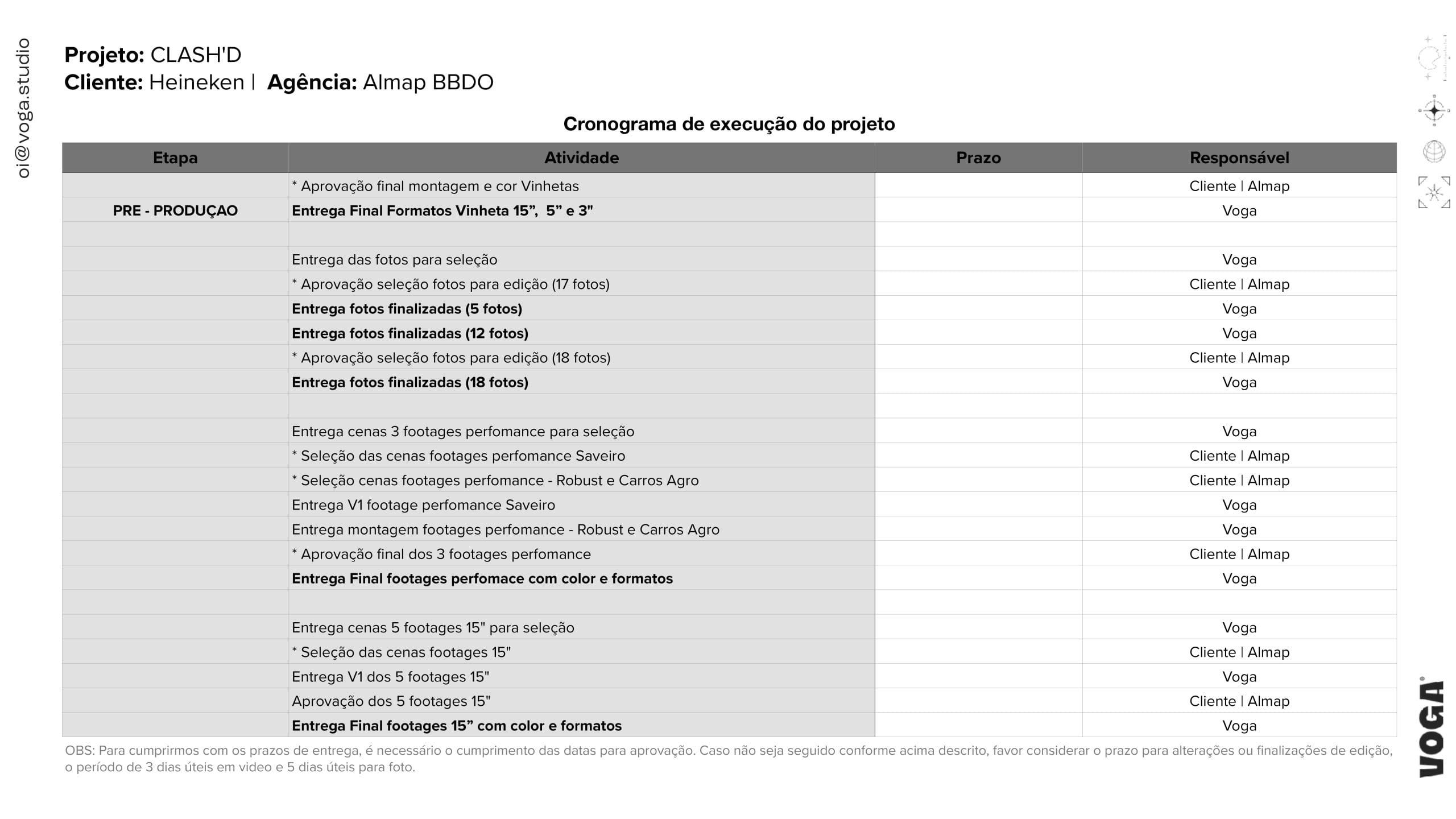
Create a feasible schedule so that the brand can understand a bit about your process.
I’ve seen agencies choose professionals because they presented a more realistic schedule instead of choosing the cheapest or the most talented.
It’s already very common in the market for schedules not to be met, necessitating an extension of the deadline. So, showing you have a grip on logistics and what it takes to get it done is a huge bonus point.
It’s very common to think that we can do everything (produce, shoot, edit, deliver) very quickly, giving the impression that we’re agile and, as a result, brands will want to hire us again.
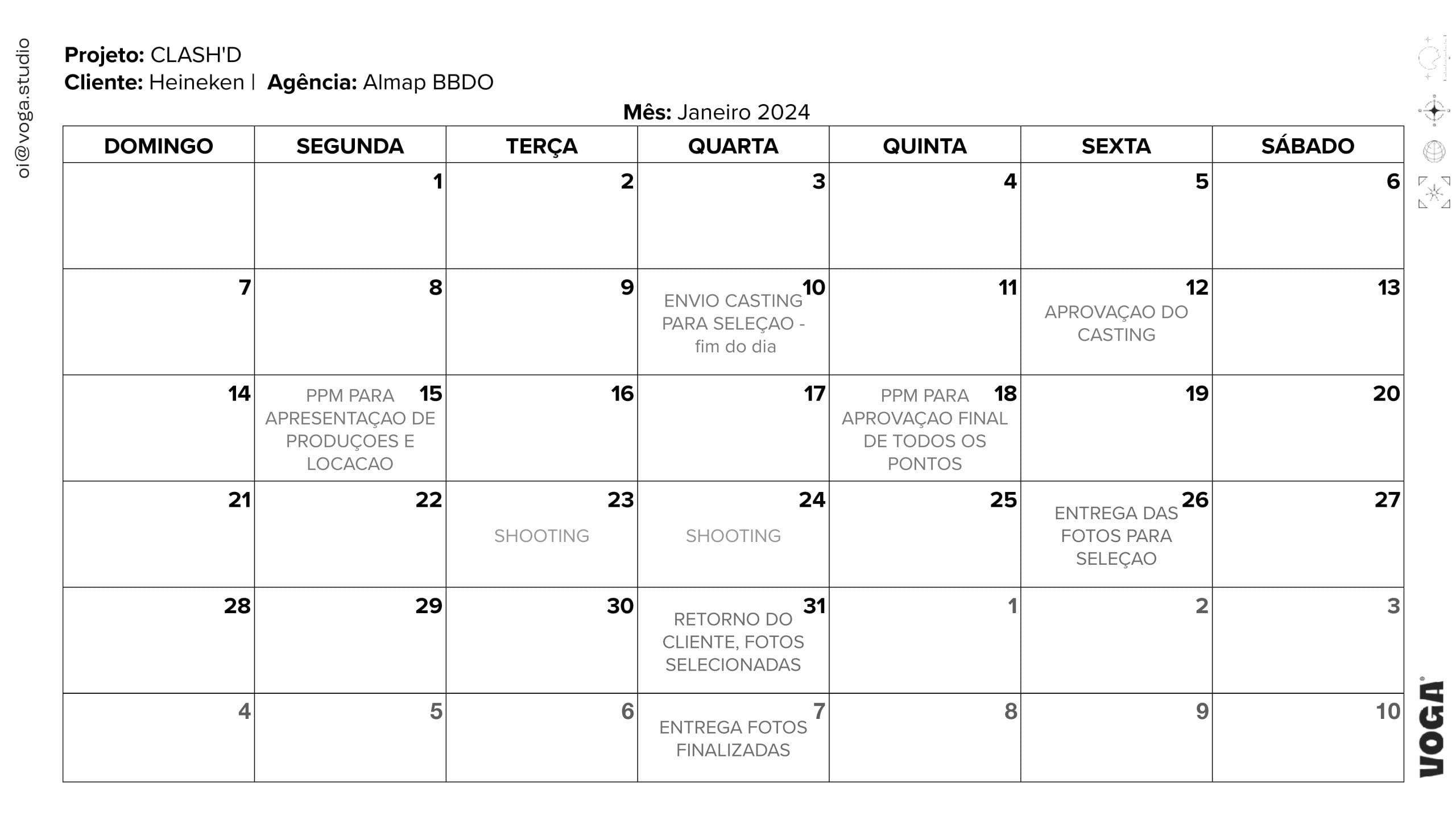
Be aware that, with an unrealistic schedule, you end up making yourself look bad, and this can close future doors, because either you will delay the delivery of the content, causing the brand to delay its planning, or your delivery will be of poor quality, causing you not to give the necessary attention to the project that you proposed.
Be reasonable and realistic. Saying no beforehand is better than saying sorry afterward.
Describe Your Proposal
There are photographers who put a fixed price on the final project and others who leave this field open for fear of losing the project because of the price.
But which is ideal? I like to suggest a list of deliverables – for example, 15 photos and 3 short films – but still explain how this is just an initial suggestion, and we can talk about rates when deciding on the details of the project.
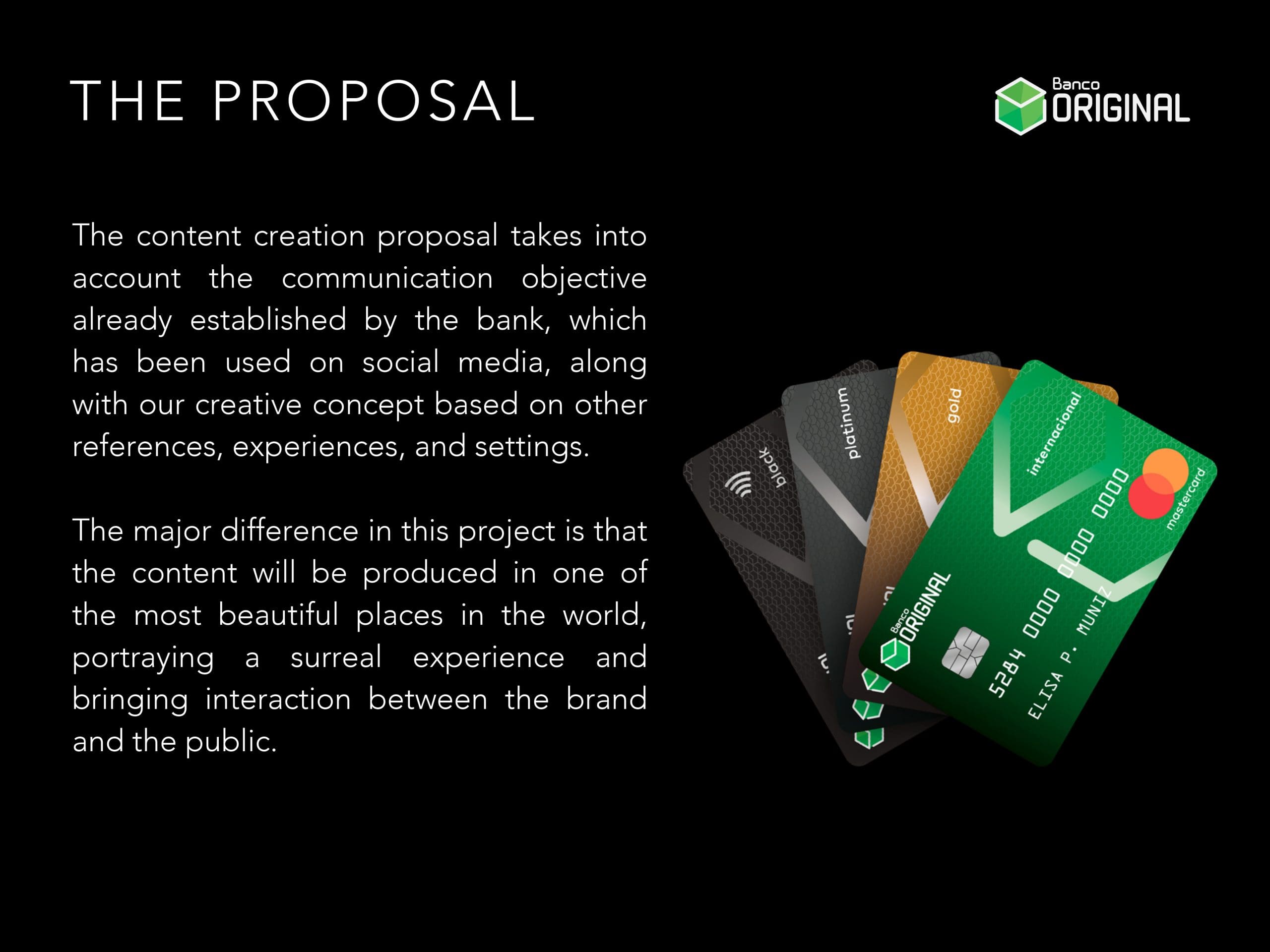
I almost always leave the deliverables to be decided, because I don’t want to put myself in a position where I assume I know what the brand needs. Maybe they want more content or less… they’ll decide!
Perhaps you’ve offered five reels, 15 photos, and two 3-minute videos, but the brand wants more reels and not a single 3-minute video. And so you’ll have to readjust the proposal.
All of this has to be discussed, so demonstrate what you can deliver, but leave it open for them to change the amount of content they want.
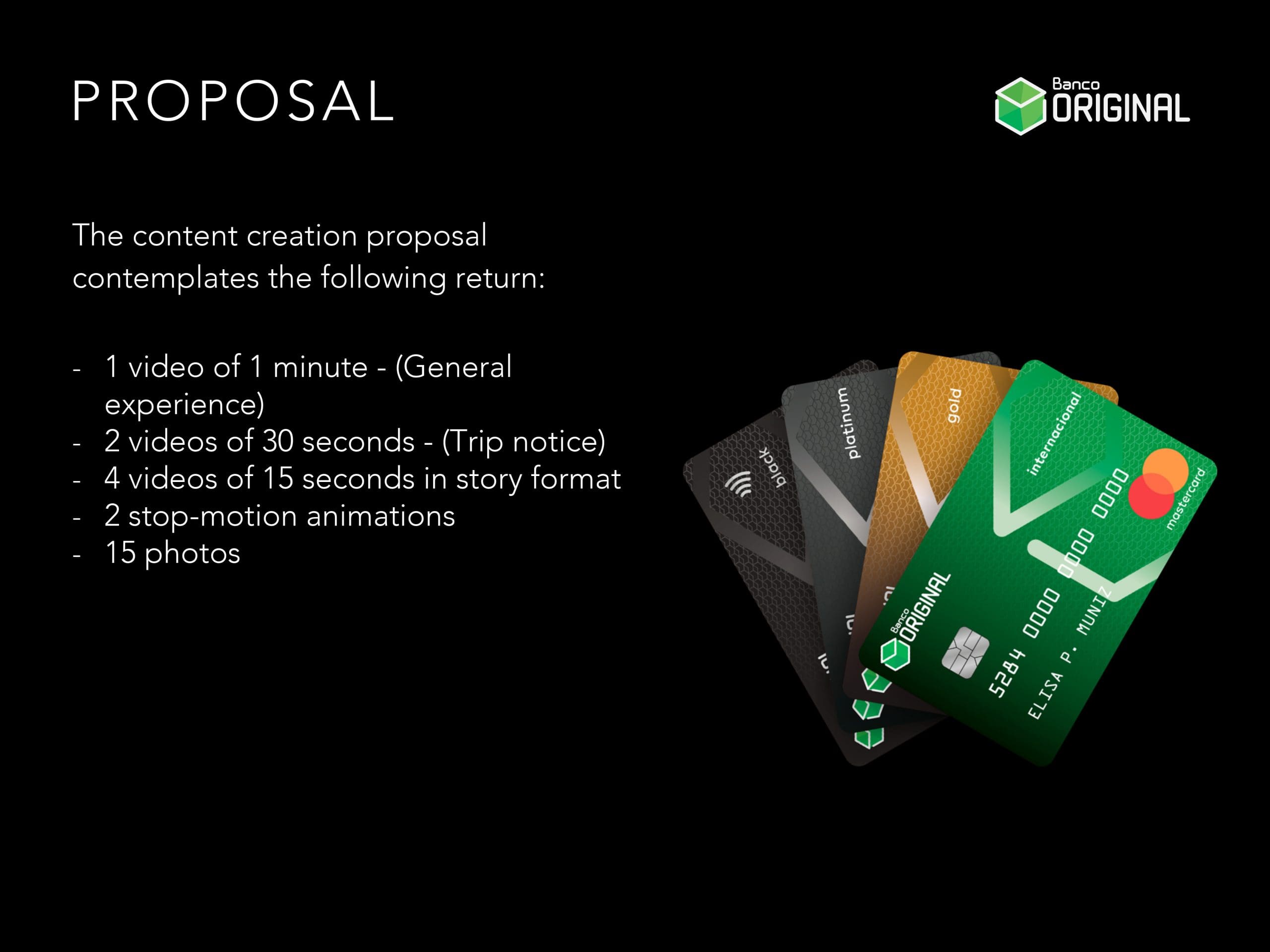
Be Available
The brand may like your project, but they want to understand your proposal and idea a little more in-depth. So BE AVAILABLE for a chat.
The brand may think of something different and want more reels and fewer photos, for example. They want to understand what else you can deliver and may even offer other ideas that you haven’t thought of.
Leaving your contact with a CTA, inviting them to an alignment meeting, is important.
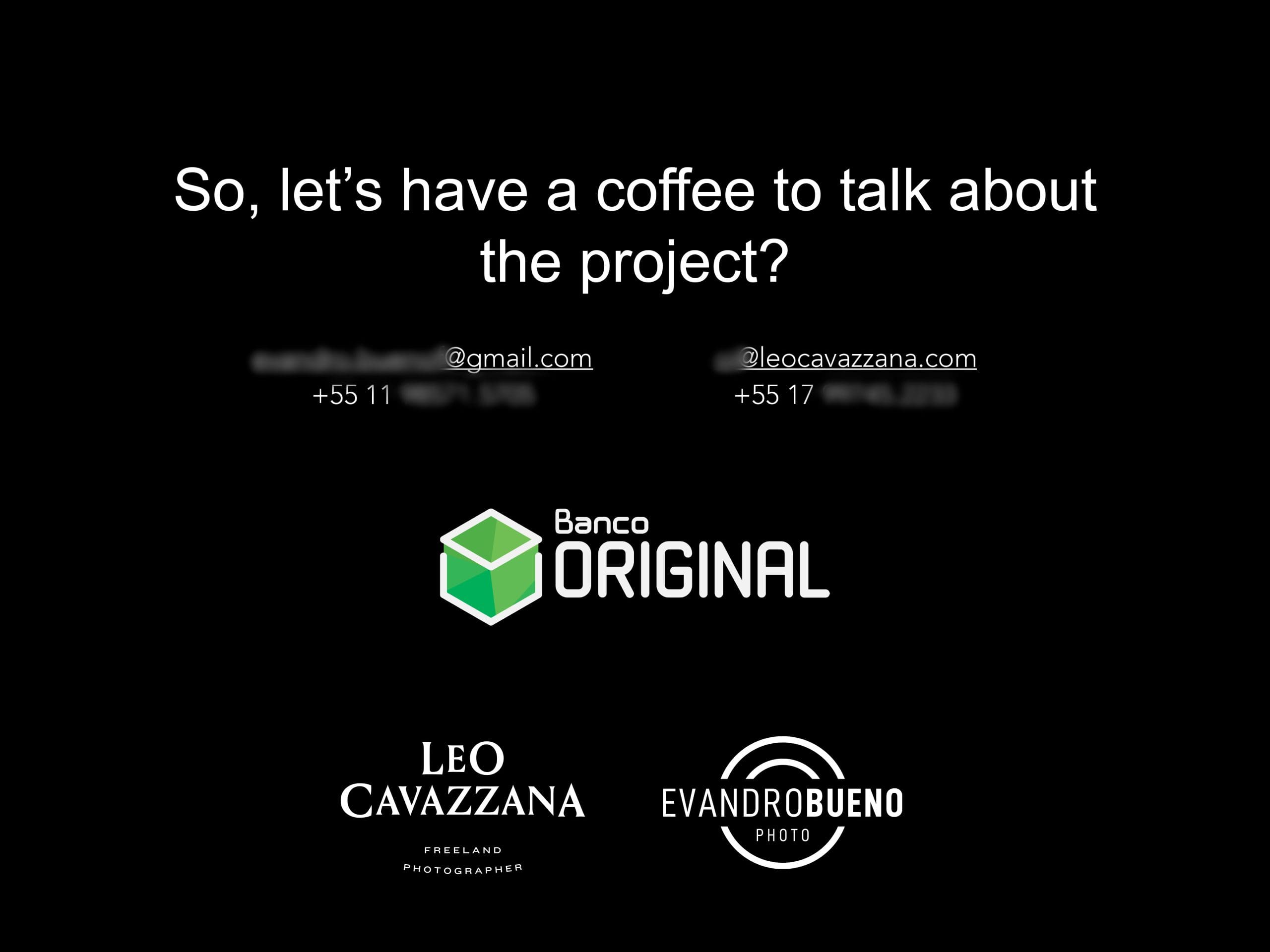
DON’T FORGET THIS LAST STEP!
Conclusion
Here it is! A step-by-step on how I structure my project proposal to present to brands and agencies I want to work with.
Be smart and strategic (and make sure you can actually deliver your idea), but avoid limiting yourself.
Every photographer has a set of skills, circumstances, and experiences that set them apart from everyone else. To present a story effectively, define and communicate what you offer that no one else can.
I hope this content can help you and give you the confidence you need to present yourself. Start small and make progress. You’ll be surprised by the results.
INFO
In this article, I used one of my first proposals that I had created and sent to a big brand in Brazil. Note that it's nowhere near the best design, but it conveys the necessary information about the project. And with it, I got the contract I wanted.
Check out these 8 essential tools to help you succeed as a professional photographer.
Includes limited-time discounts.
Hello, my name is Leo Cavazzana, I’m a professional photographer and film director. As a photographer, I’ve been photographing our natural world for the past 8 years and worked on assignments with NatGeo, BBC, and UN on all 5 continents. As a film director, I’ve been directing commercials and campaigns for brands for the past 4 years. I’m passionate about sharing about the world and photography with others.













